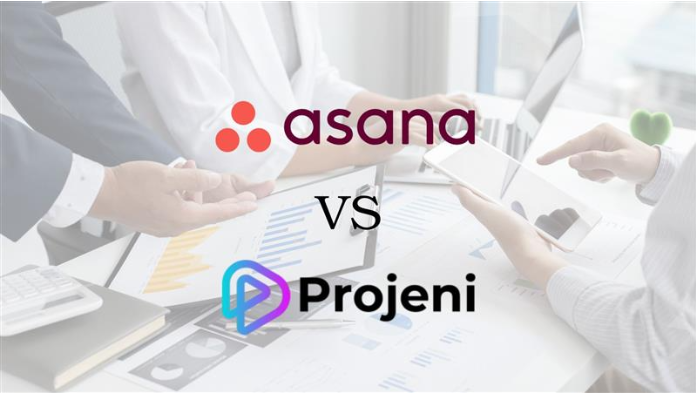In the fast-evolving landscape of digital marketing, ad copywriting has transformed from an intuitive art into a precise science. Understanding consumer behavior, leveraging data, and applying proven psychological principles have become indispensable in creating ads that not only attract attention but drive conversions. Welcome to the Science of Ad Copywriting—a realm where creativity meets cognitive psychology and strategic structure.
Effective ad copy doesn’t just happen by accident. Behind every high-performing advertisement is a well-thought-out framework, often rooted in human psychology and behavioral economics. With the rise of platforms like Google, Meta, and TikTok, marketers have access to granular data that makes it possible to test, refine, and validate what truly works in an ad. As more brands compete for attention, it’s not enough to sound clever. You must sound relevant, timely, and irresistibly valuable.
Why Ad Copywriting Needs a Scientific Approach
Advertising is no longer about throwing catchy lines into the void and hoping something sticks. Today’s ad copy must account for shortened attention spans, ad fatigue, platform algorithms, and hyper-targeted audiences. This is why understanding frameworks grounded in science—such as the AIDA model, PAS formula, or the 4C method—can provide a competitive edge.
Science tells us that the average person is exposed to over 6,000 to 10,000 ads daily. Within this sea of messages, the challenge is to not only stand out but also persuade. The best way to achieve this is to rely on psychological triggers such as urgency, scarcity, curiosity, and social proof. These triggers are not just marketing tricks; they are grounded in cognitive biases that influence decision-making.
One of the earliest and most enduring frameworks in the science of ad copywriting is AIDA—Attention, Interest, Desire, and Action. It mirrors the natural progression of how people process information and make decisions. First, the copy grabs attention through a strong headline or visual. Next, it builds interest with relevant information. Then, it creates desire by aligning with the reader’s needs or pain points. Finally, it compels action through a clear call-to-action.
Proven Frameworks That Drive Results
The AIDA model is just one of many scientifically backed frameworks that advertisers use. Another powerful method is the PAS framework—Problem, Agitate, Solve. This method starts by identifying a problem the target audience is facing, then magnifies the discomfort caused by that problem, and finally presents the product or service as the solution. This structure taps into empathy and makes the reader feel understood before offering them relief.
Similarly, the 4C formula—Clear, Concise, Compelling, Credible—is ideal for today’s fast-paced digital environments. Consumers want information that is direct, emotionally engaging, and trustworthy. Using data points, testimonials, and guarantees helps establish credibility while making the message persuasive.
Beyond these classic frameworks, behavioral science introduces additional techniques such as loss aversion, anchoring, and the power of storytelling. For example, people are more motivated to avoid loss than to achieve gain. Ad copy that emphasizes what the customer might miss out on rather than what they’ll gain often performs better. Anchoring, on the other hand, uses a reference point (like a higher initial price) to make the actual offer seem more attractive.
The Psychology Behind High-Converting Copy
Understanding how the brain reacts to language is at the core of the science of ad copywriting. Words like “you,” “free,” “now,” and “guaranteed” trigger emotional and cognitive responses that increase engagement and conversion. Neuroscience studies show that emotional ads perform twice as well as rational ads because emotions drive decision-making.
Social proof is another cognitive principle that boosts credibility. When a product or service is backed by testimonials, reviews, or endorsements from influencers, it taps into the herd instinct. People tend to trust what others have already tried and approved.
Timing also plays a significant role. Research indicates that the time of day, the consumer’s mood, and even the weather can influence how a message is received. Dynamic ad platforms use machine learning to tailor ad delivery based on these micro-signals, making personalized copy even more essential.
Applying the Science to Modern Channels
The platforms where ad copy appears also influence the approach. What works on Facebook may not work on Google Search or Instagram Stories. For instance, Facebook ads perform better with emotional storytelling and longer-form content, while Google Search ads demand direct, keyword-focused copy. LinkedIn ads need to sound professional and data-driven, while TikTok ads should be fun, native, and informal.
In this cross-channel reality, the science of ad copywriting must be adaptable. Split testing (A/B testing) allows marketers to compare variations of headlines, body text, and calls-to-action to determine what resonates most. Analytics tools then provide the data needed to make informed optimizations.
One overlooked area is the headline. According to Copyblogger, 8 out of 10 people read the headline, but only 2 out of 10 read the rest. That means if your headline doesn’t grab attention, the rest of your carefully crafted message might never be seen. Scientific copywriting emphasizes testing multiple headline formats—questions, numbers, urgency, or benefits—to discover what triggers the best response.
Training and Continuous Learning
Because platforms and algorithms change rapidly, staying current with trends and best practices is essential. Enrolling in a digital marketing course online that covers copywriting frameworks, behavioral psychology, and ad performance metrics can give professionals the knowledge needed to succeed in the current environment.
Such training often includes real-world examples, hands-on exercises, and access to tools that simulate ad performance. Whether you’re a beginner or a seasoned marketer, structured learning ensures that you remain competitive and capable of crafting persuasive messages that convert.
Final Thoughts: The Future of Scientific Copywriting
Looking ahead, AI-generated copy and predictive analytics will further evolve the science of ad copywriting. Tools like ChatGPT, Jasper, and GrammarlyGO are already enabling marketers to scale content production while maintaining personalization. However, the foundational principles rooted in human psychology will remain unchanged.
What will set great advertisers apart is not just their command of language, but their understanding of why certain words work better than others. Those who master the science behind the art will be able to consistently produce ads that do more than capture attention—they’ll inspire action.
As more brands embrace data-driven decision-making, the demand for skilled copywriters who understand this scientific approach will only increase. So whether you’re writing for a startup, an enterprise, or your own personal brand, remember that the most effective ad copy isn’t just written—it’s engineered.




